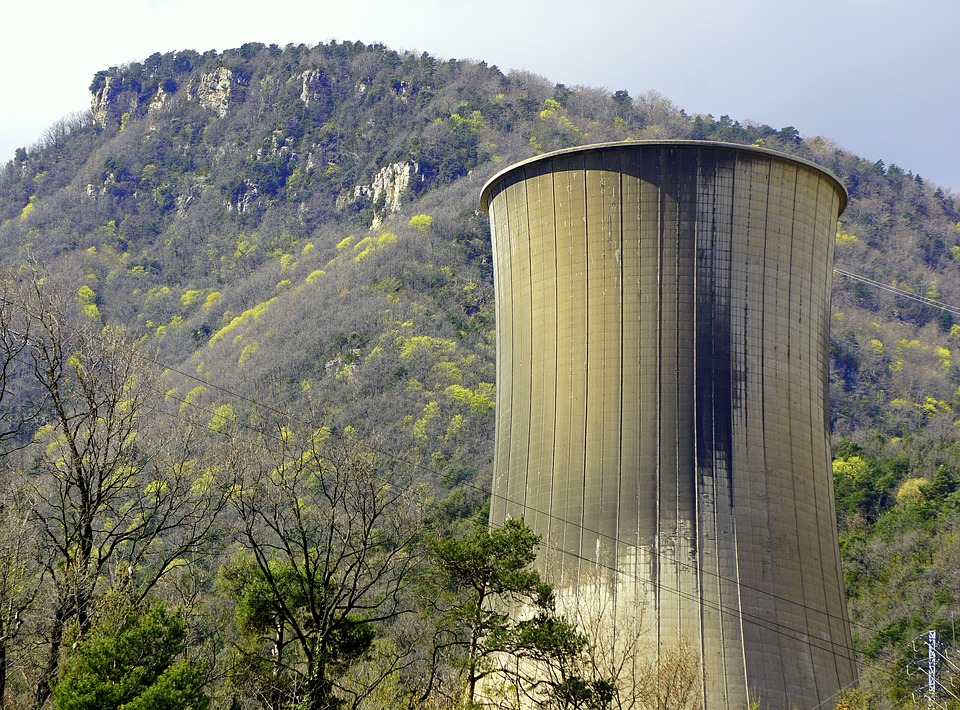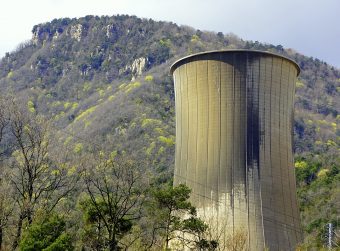
The use of antibiotics in chicken farming has by now been widely repudiated by US fast-food joints, including the likes of Chick-fil-A, McDonald’s, KFC, and Subway. Pizza Hut is already among their number, with the fulfilled promise of eliminating chicken raised with antibiotics important to human medicine from its pizzas last year. Today, the company expands its commitment to using chicken free of human-relevant antibiotics to cover all of its chicken products, including WingStreet wings, setting a deadline of 2022.
The specific language of “antibiotics important to human medicine” (as defined by the World Health Organization) leaves room for Pizza Hut to continue serving chicken treated with some antibiotics. Even so, in removing the ones that matter to current human medicine, fast-food restaurants are helping to ameliorate the problem of antibiotic resistance, which the regular consumption of chicken pumped full of antibiotics has created. It’s encouraging to see public dissatisfaction with the practice of serving antibiotic-laden chicken turning into real change, though the four-year timeline that Pizza Hut has set for itself seems like a luxuriously long time, especially when fellow Yum! Brands subsidiary KFC expects to achieve the same goal by the end of 2018.
Source: The Verge

































